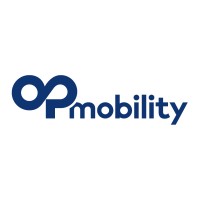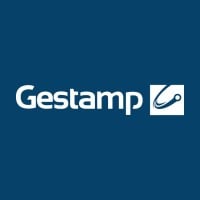
OPmobility
OPmobility is a world leader in sustainable mobility and a technology partner to mobility players worldwide. Driven by innovation since its creation in 1946, the Group is today composed of five complementary business groups that enable it to offer its customers a wide range of solutions: intelligent exterior systems, complex modules, lighting systems, energy storage systems and battery and hydrogen electrification solutions. OPmobility also offers its customers an activity dedicated to the development of software, OPn'Soft. SOME NUMBERS IN 2024 📍Economic revenue: €11.6bn (+2.8% vs. 2023) 📍Operating margin: €440m (+11.4% vs. 2023) 📍Sustainability : 🔹Improvement of energy efficiency by 22.0% in 2024 vs. 2019 (excluding Lighting) 🔹35 sites equipped with solar panels and wind turbine (+12 in 2024) 🔹OPmobility awarded an “A” rating by CDP for second year in a row






